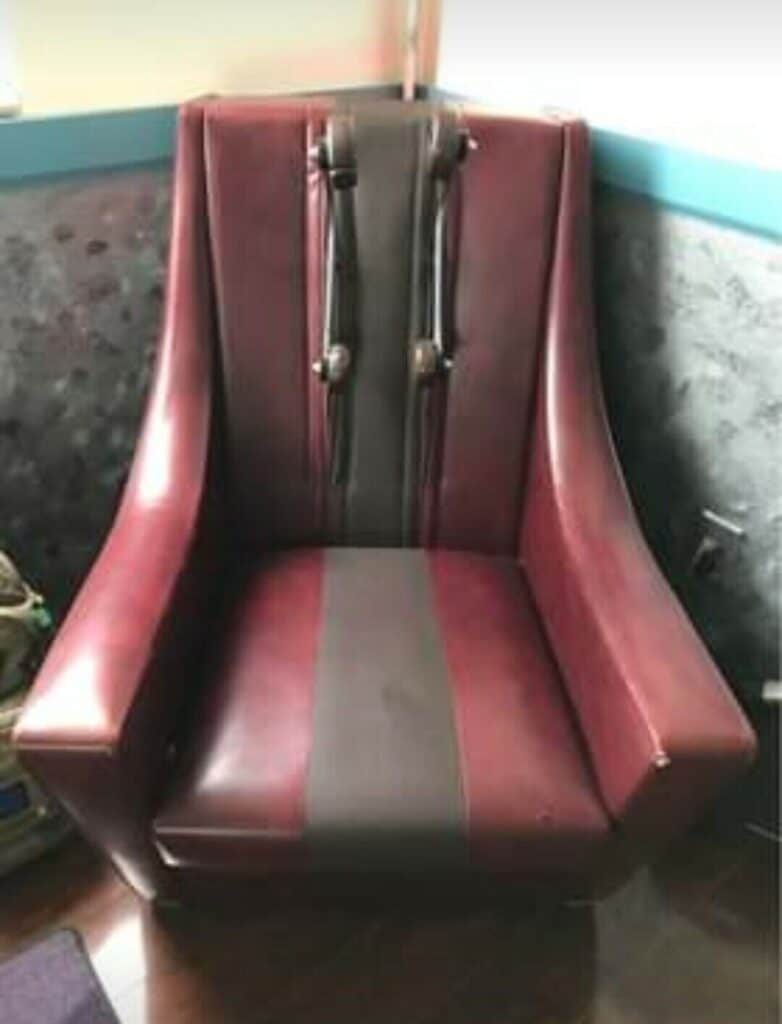A Brief History of Massage
Massage has a long and rich history, stretching back thousands of years across various cultures:
- Ancient China (2700 BCE): The earliest written records of massage therapy come from China, which was seen as a way to improve health and well-being.
- Ancient Egypt (2500 BCE): Egyptians practiced massage and reflexology, believing it could balance the body’s energy flow.
- Ancient Greece (8th century BCE): Greeks incorporated massage into athletics and medicine, believing it could improve circulation and recovery.
- India (Ayurveda – 3000 BCE): Massage played a central role in Ayurvedic medicine, aiming to restore balance and promote overall health.
These are just a few highlights. Massage has continued to evolve throughout history, establishing itself as a popular wellness practice worldwide.
Osaka, Japan, 1954 The First Electric Massage Chair
Nobuo Fujimoto created the first massage chair in 1954 in Osaka, Japan. It was straightforward, made of wood, and had simple mechanics. His prototype consisted of kneading balls that mimicked the hand motions of a massage therapist. Although primitive compared to modern massage chairs, Fujimoto’s creation catalyzed the continued development of massage chairs.
The 1960s: Refining the Electric Massage Chair
Moving beyond Nobuo Fujimoto’s rudimentary designs, the chairs of the 1960s were larger, more expensive, and more integrated than the early versions. Although, still primitive – especially when compared to contemporary massage chairs – the 60s leveraged rollers, gears, and motors for a more effective massage experience

An electric massage chair from the 1960s
The 1980s: Microprocessors
In the 1980s, massage chairs began incorporating microprocessors and other electronic components, allowing users to customize their massage experience. They could choose from different massage techniques and the ability to adjust the intensity and duration of the massage.
The 1990s: Airbags in Massage Chairs
In the 1990s, massage chairs began incorporating airbags that could inflate and deflate to provide a more dynamic massage experience. These airbags could be positioned around the shoulders, arms, legs and feet, allowing users to enjoy a full-body massage that targeted specific areas of the body.
The 2000s: Zero Gravity and Bluetooth – Massage Chairs Go Luxury
In the 2000s, massage chairs continued to evolve and improve. They became more affordable and accessible to a broader audience, and manufacturers began incorporating new technologies and features to enhance the user experience.
One of the key developments in the 2000s was the introduction of zero gravity chairs. These luxury massage chairs were designed to recline to a position that simulated weightlessness. This position reduces pressure on the spine and improves circulation. It also allows the massage chair to provide a more intense massage experience.
Another significant development was the introduction of massage chairs with built-in music players. This feature added another customization layer and helped create a more relaxing and enjoyable massage experience.
The 2010s: Built-In Heating, Body Scanning and Foot Massage
In the 2010s, massage chairs continued to evolve and improve. They became even more affordable and more widely available. Manufacturers incorporated new technologies and features to enhance the user experience.
One of the key developments in the 2010s was the introduction of massage chairs with built-in heating elements. These chairs use heat to relax the muscles and improve circulation. They are particularly effective for people with back pain and muscle tension.
This was also when body scanning technology emerged, becoming a crucial component in contemporary massage chairs. This cutting-edge technology uses sensors to determine body size, shape, and contours, allowing the massage chair to modify its airbags and rollers for a more tailored and effective massage.
Another significant development was the introduction of massage chairs with built-in foot massagers. These chairs use airbags and rollers for relaxing and therapeutic foot massage. They are particularly effective for people with foot pain and plantar fasciitis.
Massage feels great, but more than that, it offers a variety of health benefits. From increased circulation and lymphatic flow to mental well-being in stress relief, massage is more than an indulgence; it’s essential self-care. Advances in technology, like those harnessed in our M.8NEO LE, put the tremendous benefits of massage right in your home to be used on-demand as part of your personal health regimen

